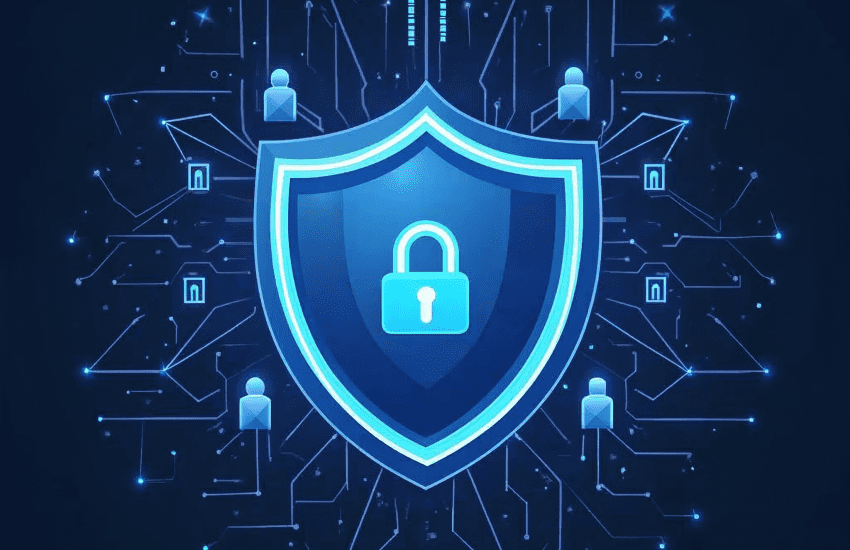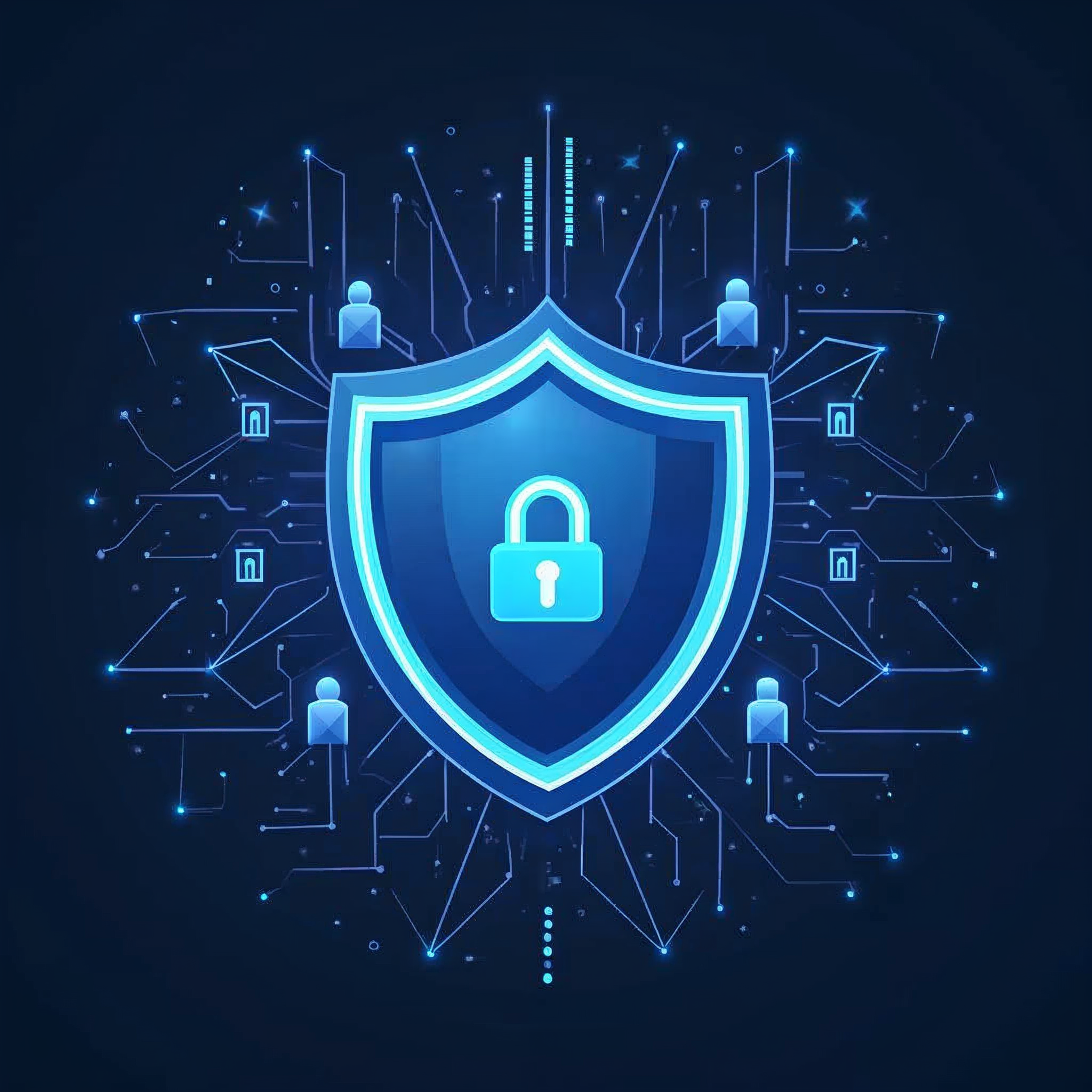Mastering Vulnerability Management: Key Strategies for IT Professionals
In the fast-paced digital world, mastering vulnerability management is crucial for IT professionals striving to secure their networks against ever-evolving cyber threats. Effective security patching and comprehensive risk assessment are essential components in safeguarding sensitive data and maintaining system integrity. For cybersecurity experts and network administrators, employing meticulous penetration testing and threat mitigation strategies can significantly reduce vulnerabilities and fortify defenses. This article delves into key strategies that not only enhance cybersecurity best practices but also empower IT professionals to protect their organizations with confidence. Keep reading to explore how mastering these techniques can transform your security protocols and establish trust in your digital infrastructure.
Understanding Vulnerability Management
Vulnerability management forms the backbone of a robust cybersecurity strategy. This section explores the critical aspects of vulnerability management, its importance, key elements for success, and common challenges faced by IT professionals.
Importance of Vulnerability Management
Vulnerability management is a crucial process for maintaining the security of an organization’s IT infrastructure. It involves identifying, assessing, and addressing potential weaknesses in systems and software that could be exploited by malicious actors.
Effective vulnerability management helps prevent data breaches, system compromises, and financial losses. By proactively addressing vulnerabilities, organizations can reduce their attack surface and minimize the risk of successful cyberattacks.
Regular vulnerability assessments and timely patching are essential components of a strong security posture. As highlighted by Amplify Security, implementing a comprehensive vulnerability management program can significantly enhance an organization’s overall cybersecurity resilience.
Key Elements of a Successful Program
A successful vulnerability management program comprises several key elements that work together to create a robust security framework.
-
Asset inventory: Maintain an up-to-date list of all hardware and software assets.
-
Regular scanning: Conduct frequent vulnerability scans to identify potential weaknesses.
-
Prioritization: Assess and prioritize vulnerabilities based on their severity and potential impact.
-
Remediation: Develop and implement plans to address identified vulnerabilities promptly.
Collaboration between IT, security, and business teams is essential for effective vulnerability management. As noted in a LinkedIn article, integrating vulnerability management with other security processes can enhance overall effectiveness.
Common Challenges and Solutions
Organizations often face several challenges when implementing vulnerability management programs. These may include resource constraints, difficulty in prioritizing vulnerabilities, and resistance to patching critical systems.
To overcome these challenges, consider the following solutions:
-
Automate vulnerability scanning and reporting processes to save time and resources.
-
Implement a risk-based approach to prioritize vulnerabilities based on their potential impact.
-
Develop clear communication channels between IT, security, and business teams to facilitate smooth patching processes.
As discussed on Reddit, leveraging community insights and best practices can help organizations address common vulnerability management challenges more effectively.
Effective Security Patching Strategies

Security patching is a critical component of vulnerability management. This section delves into strategies for effective patch management, including scheduling, prioritization, and measuring patch effectiveness.
Scheduling and Prioritization
Effective patch management requires a well-structured approach to scheduling and prioritization. This ensures that critical vulnerabilities are addressed promptly while minimizing disruption to business operations.
When scheduling patches, consider factors such as the severity of the vulnerability, the potential impact on systems, and any upcoming maintenance windows. Prioritize patches based on their criticality and the risk they pose to your organization.
Develop a clear patching policy that outlines the timeframes for applying different types of patches. For example, critical security updates might need to be applied within 24 hours, while less urgent patches could be scheduled for the next maintenance window.
Tools for Automated Patching
Automated patching tools can significantly streamline the patch management process, reducing the workload on IT teams and minimizing the risk of human error.
Some popular automated patching tools include:
-
Microsoft Windows Server Update Services (WSUS)
-
Red Hat Satellite
-
Ivanti Patch for Windows
These tools can help organizations manage patches across multiple systems and applications from a centralized console. They often provide features such as patch testing, rollback capabilities, and detailed reporting.
Amplify Security offers advanced vulnerability management solutions that can complement your patching strategy.
Measuring Patch Effectiveness
Measuring the effectiveness of your patching strategy is crucial for continuous improvement and ensuring the security of your systems.
Key metrics to consider include:
-
Time to patch: The average time taken to apply patches after they are released.
-
Patch success rate: The percentage of patches successfully applied without issues.
-
Vulnerability exposure time: The duration systems remain vulnerable before patching.
Regularly review these metrics and adjust your patching strategy as needed. Conduct post-patch testing to ensure that patches have been applied correctly and have not introduced new issues.
As noted by CyberReady, combining effective patch management with comprehensive vulnerability assessments can significantly enhance your overall security posture.
Conducting Thorough Risk Assessments

Risk assessments are fundamental to understanding and managing vulnerabilities effectively. This section explores the process of identifying and categorizing risks, tools for assessment, and integrating risk management with business goals.
Identifying and Categorizing Risks
Risk identification and categorization form the foundation of a comprehensive risk assessment process. This step involves systematically examining your organization’s assets, systems, and processes to uncover potential vulnerabilities and threats.
Start by creating an inventory of all assets, including hardware, software, data, and personnel. For each asset, identify potential threats and vulnerabilities that could compromise its security, integrity, or availability.
Categorize identified risks based on factors such as:
-
Likelihood of occurrence
-
Potential impact on the organization
-
Affected systems or processes
-
Type of threat (e.g., external attack, insider threat, natural disaster)
This categorization will help prioritize risks and allocate resources effectively for mitigation efforts.
Tools and Techniques for Assessment
Various tools and techniques can aid in conducting thorough risk assessments. These range from automated scanning tools to manual assessment methods.
Some commonly used risk assessment tools and techniques include:
-
Vulnerability scanners (e.g., Nessus, OpenVAS)
-
Penetration testing tools (e.g., Metasploit, Burp Suite)
-
Security information and event management (SIEM) systems
-
Threat modeling frameworks (e.g., STRIDE, DREAD)
Combine automated tools with manual assessment techniques for a comprehensive evaluation. This approach helps identify both known vulnerabilities and potential risks that may not be detected by automated scans alone.
BrightSec offers insights into advanced vulnerability management techniques that can enhance your risk assessment process.
Integrating Risk Management with Business Goals
Effective risk management should align with and support your organization’s overall business objectives. This integration ensures that security measures contribute to business success rather than hindering operations.
To integrate risk management with business goals:
-
Involve key stakeholders from various departments in the risk assessment process.
-
Prioritize risks based on their potential impact on critical business functions.
-
Develop risk mitigation strategies that balance security needs with operational requirements.
Regularly review and update your risk management approach to reflect changes in the business environment and evolving threat landscape. This ongoing process helps maintain a robust security posture while supporting business growth and innovation.
T&P provides valuable insights on aligning vulnerability management with broader business resilience strategies.
Penetration Testing for Better Security

Penetration testing, or pen testing, is a crucial component of a comprehensive security strategy. This section explores different types of pen testing, how to choose the right testers, and how to analyze and act on test results.
Types and Methods of Pen Testing
Penetration testing comes in various forms, each designed to assess different aspects of an organization’s security posture. Understanding these types helps in selecting the most appropriate method for your needs.
Common types of pen testing include:
-
Network penetration testing
-
Web application penetration testing
-
Wireless network penetration testing
-
Social engineering testing
-
Physical penetration testing
Each type focuses on specific areas of vulnerability, from technical infrastructure to human factors. Combining multiple types of pen testing can provide a more comprehensive view of your organization’s security strengths and weaknesses.
Methods for conducting pen tests range from manual techniques to automated tools, often used in combination for optimal results. The choice of method depends on the specific goals of the test and the nature of the systems being assessed.
Choosing the Right Pen Testers
Selecting the right penetration testers is crucial for obtaining meaningful and actionable results. Consider the following factors when choosing pen testers:
-
Experience and expertise in your industry and technology stack
-
Relevant certifications (e.g., CEH, OSCP, CREST)
-
Reputation and references from past clients
-
Clear communication skills and ability to explain findings
Consider both internal and external pen testing options. While internal teams may have a deeper understanding of your systems, external testers can provide a fresh perspective and simulate real-world attacks more effectively.
Amplify Security offers expert penetration testing services tailored to your organization’s specific needs.
Analyzing and Acting on Pen Test Results
The true value of penetration testing lies in how you analyze and act on the results. This process involves several key steps:
-
Review the detailed report provided by the pen testers.
-
Prioritize identified vulnerabilities based on severity and potential impact.
-
Develop a remediation plan for addressing the most critical issues.
-
Implement necessary fixes and security improvements.
-
Conduct follow-up testing to verify that vulnerabilities have been successfully addressed.
Integrate pen test findings into your overall vulnerability management program. Use the results to refine your security policies, update training programs, and improve your incident response capabilities.
Regular pen testing, combined with ongoing vulnerability management, forms a powerful strategy for maintaining a strong security posture in the face of evolving threats.
Implementing Threat Mitigation Techniques
Effective threat mitigation is essential for protecting your organization against evolving cybersecurity risks. This section covers best practices for IT professionals, training programs, and continuous monitoring strategies.
Cybersecurity Best Practices for IT Pros
Implementing cybersecurity best practices is crucial for maintaining a strong security posture. IT professionals should focus on the following key areas:
-
Access control: Implement the principle of least privilege and use multi-factor authentication.
-
Network segmentation: Divide networks into smaller, isolated segments to limit the spread of potential breaches.
-
Regular backups: Maintain up-to-date backups of critical data and systems, stored securely offline.
-
Encryption: Use strong encryption for sensitive data both at rest and in transit.
Stay informed about the latest threats and vulnerabilities by following reputable security sources and participating in professional forums. Regularly review and update your security policies and procedures to address new risks and compliance requirements.
Leverage tools and platforms like Amplify Security to enhance your threat mitigation capabilities and streamline security operations.
Training and Awareness Programs
Effective cybersecurity relies not only on technical measures but also on well-informed and vigilant employees. Develop comprehensive training and awareness programs to educate staff about potential threats and best practices.
Key components of an effective training program include:
-
Regular security awareness sessions for all employees
-
Role-specific training for IT and security personnel
-
Simulated phishing exercises to test and improve employee vigilance
-
Clear communication of security policies and procedures
Make training engaging and relevant by using real-world examples and interactive exercises. Regularly update the content to address new threats and evolving attack techniques.
Encourage a culture of security awareness where employees feel comfortable reporting potential security incidents or suspicious activities.
Continuous Monitoring and Response
Continuous monitoring is essential for detecting and responding to threats in a timely manner. Implement a robust monitoring strategy that includes:
-
Real-time network and system monitoring
-
Log analysis and correlation
-
Automated alert systems for suspicious activities
-
Regular vulnerability scans and assessments
Develop and maintain an incident response plan that outlines clear procedures for addressing different types of security events. Regularly test and update this plan to ensure its effectiveness in real-world scenarios.
Utilize security information and event management (SIEM) tools to centralize and analyze security data from multiple sources. This approach enables faster threat detection and more efficient incident response.
By combining best practices, comprehensive training, and continuous monitoring, organizations can significantly enhance their ability to mitigate threats and protect critical assets.
Secure Your Organization with Amplify Security
Transform your vulnerability management and security strategies by signing up for Amplify Security. Our advanced solutions provide robust protection against evolving cyber threats, ensuring that your organization’s IT infrastructure remains secure and resilient.
Sign up for Amplify Security today!
Join a community of cybersecurity experts and leverage powerful tools to enhance your security posture and streamline vulnerability management processes. With Amplify Security, safeguarding your digital assets has never been more accessible.


